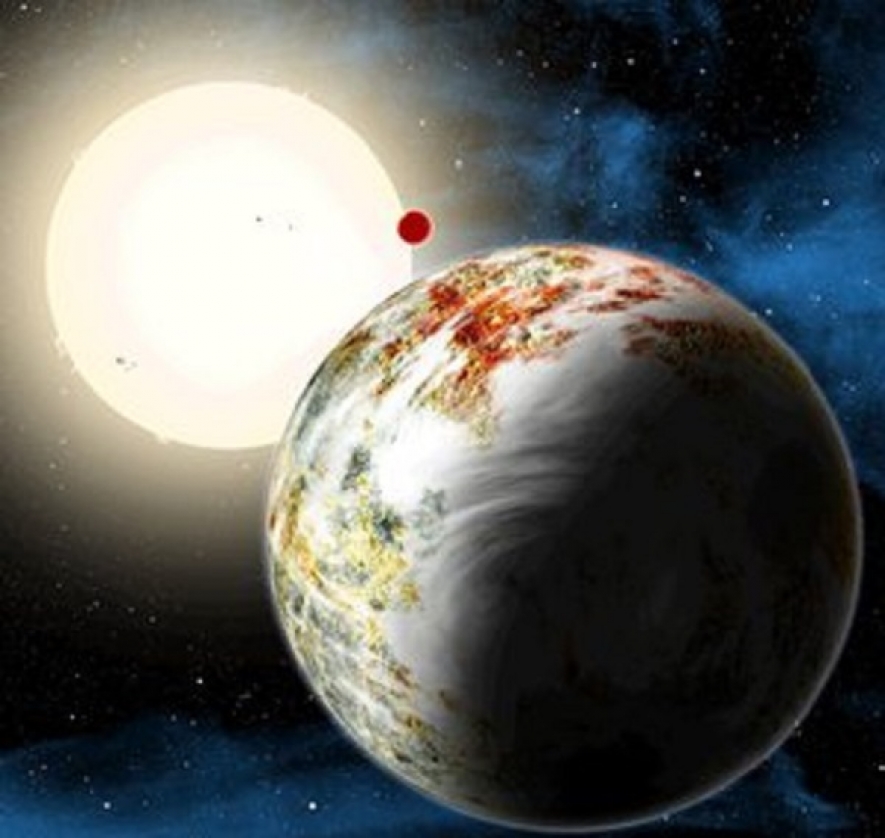Researchers cannot say whether the planet is hospitable to life, but if it has an atmosphere and clouds, the surface could be cool enough for life to survive.
In line with global rules for naming heavenly bodies, the planet goes by the official name of Kepler-10c. But Dimitar Sasselov, director of the Harvard Origins of Life Initiative, called it "the Godzilla of Earths".
"This is a planet that doesn't fit the usual models of planetary formation," said Xavier Dumusque at the Harvard Smithsonian Centre for Astrophysics.
Speaking at a meeting of the American Astronomical Society in Boston on Monday, Dumusque unveiled fresh measurements taken with instruments on the Italian National Galileo Telescope on La Palma in the Canary Islands. The readings showed that Kepler-10c has a mass a staggering 17 times greater than Earth.
The new measurements allowed Dumusque and others on the team to work out the average density of the new planet. The answer of 7 grams per centimetre cubed points to an alien world made of rock and water.
Kepler-10c circles a star much like our own sun about 560 light years from Earth in the northern constellation of Draco, the dragon. A year on the planet lasts 45 Earth days. The surface temperature is estimated to be a toasty 310C, but a cloudy sky could cool the planet considerably, Dumusuqe told the Guardian.
Another planet, Kepler-10b, orbits so fast and close to the same star that a new year unfolds every 20 hours.
Dumusque said that the next generation of space and ground-based telescopes will give astronomers the ability to analyse the atmospheres of planets outside the solar system. Those measurements could suggest which planets could be habitable and even inhabited.
"Finding Kepler-10c tells us that rocky planets could form much earlier than we thought. And if you can make rocks, you can make life," said Sasselov.(Courtesy:theguardian)(KH/SI)




















